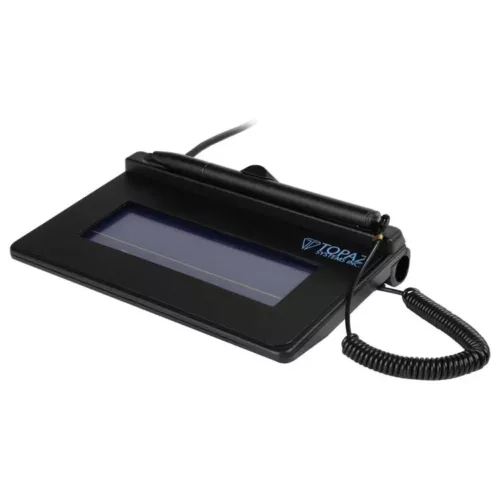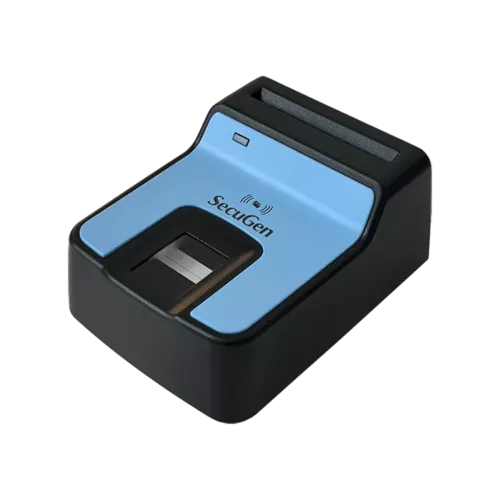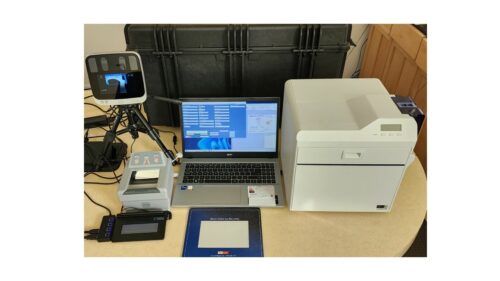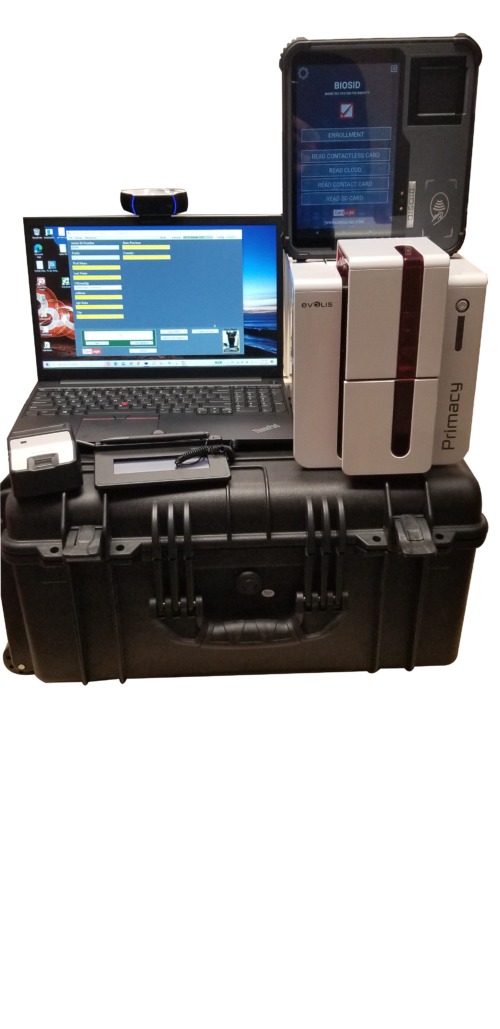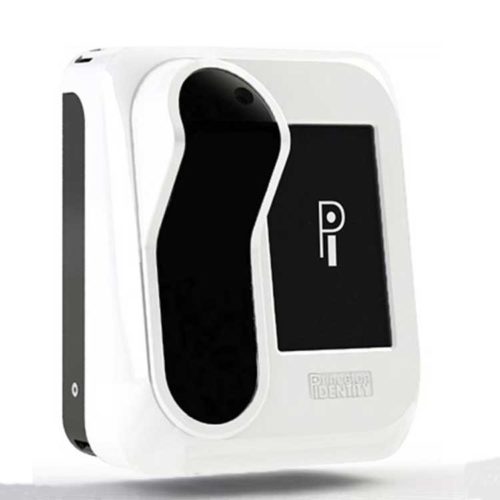A palmprint refers to an image acquired of the palm region of the human hand from the wrist to the root of the fingers. It can be either an online image (i.e. taken by a scanner or CCD) or offline image where the image is taken with ink and paper.
As a comparatively new biometric, palm prints are rich in physical characteristics of skin patterns such as lines, points and textures, which provide stable and distinctive information sufficient for separating an individual from a large population. Compared with other biometric traits, the advantages of palmprint are user friendliness, environment.
Palmprint features refer to the representation of palmprints which characterizes a palmprint in a stable and unique way such that it has good discriminating ability for personal identification. A palmprint identification system identifies an individual using palmprint features which may or may not be observable to the naked eye. The selection of palmprint features is a fundamental problem in reliable palmprint identification.
Palm prints can be used for access control, such as physical access (PACS) and logical access control.
Related Products
The palm itself consists of principal lines, wrinkles (secondary lines), and epidermal ridges. It differs to a fingerprint in that it also contains other information such as texture, indents and marks which can be used when comparing one palm to another.
Palm prints can be used for criminal, forensic, or commercial applications. Palm prints, typically from the palm, are often found at crime scenes as the result of the offender’s gloves slipping during the commission of the crime, and thus exposing part of the unprotected hand.


